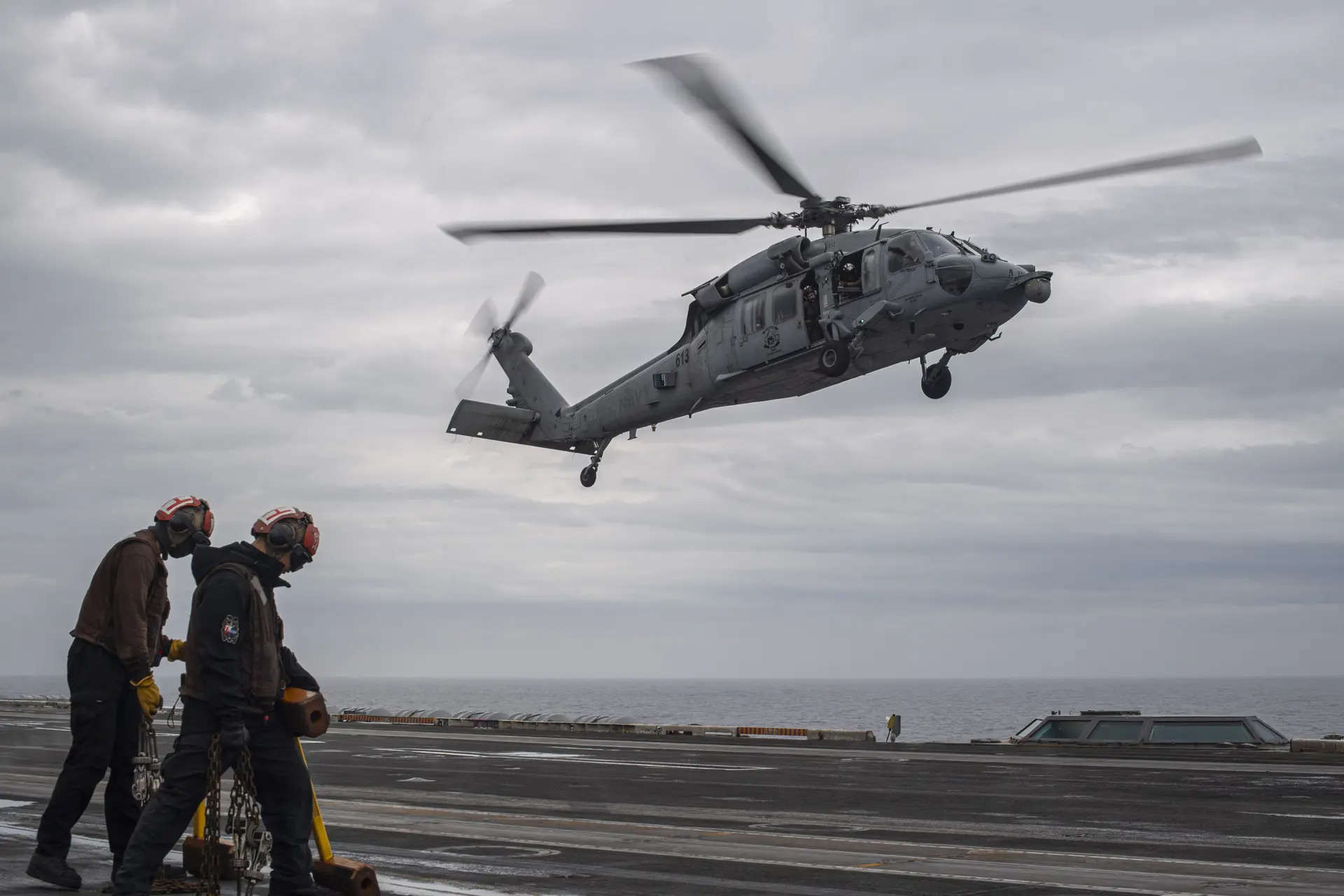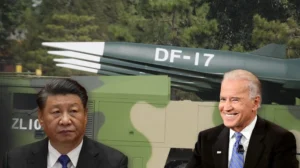The three-day Freedom Edge increased the sophistication of previous exercises with simultaneous air and naval drills geared toward improving joint ballistic-missile defense, anti-submarine warfare, surveillance and other skills and capabilities.
The exercise, which is expected to expand in years to come, was also intended to improve the countries’ abilities to share missile warnings – increasingly important as North Korea tests ever-more sophisticated systems.
Outside of Australia, Japan and South Korea are the only U.S. partners in the region with militaries sophisticated enough to integrate operations with the U.S. so that if, for example, South Korea were to detect a target, it could quickly relay details so Japanese or American counterparts could respond, said Ridzwan Rahmat, a Singapore-based analyst with the defense intelligence company Janes.
“That’s the kind of interoperability that is involved in a typical war scenario,” Rahmat said. “For trilateral exercises like this the intention is to develop the interoperability between the three armed forces so that they can fight better as a cohesive fighting force.”
Such exercises also carry the risk of increasing tensions, with China regularly denouncing drills in what it considers its sphere of influence, and North Korea already slamming the arrival of the USS Theodore Roosevelt carrier group in the port of Busan – home to South Korea’s navy headquarters and its Gimhae Air Base – in preparation for Freedom Edge as “provocative” and “dangerous.” On Wednesday, the day after South Korean President Yoon Suk Yeol visited the Roosevelt in Busan, becoming the first sitting South Korean president to board a U.S. aircraft carrier since 1994, North Korea tested what it said was a multiwarhead missile, the first known launch of the developmental weapon, if confirmed. South Korea’s military said a joint analysis by South Korean and U.S. authorities assessed that the North Korean missile launch failed.
The defense cooperation involving both Japan and South Korea is also politically complex for both Yoon and Japanese Prime Minister Fumio Kishida, due to the lingering resentment over Imperial Japan’s brutal occupation of Korea before and during World War II.
The two countries have the largest militaries among American allies in East Asia – and together host some 80,000 American troops on their territories – but the U.S. has tended to work with them individually rather than together due to their history.
Kishida’s increase of defense spending and cooperation with South Korea have generally been well received by the Japanese public but has caused friction with the right wing of his own party, while Yoon’s domestic appeal has weakened, but he has stayed the course.
“South Korea’s shift under the Yoon administration toward improving its relations with Japan has been extremely significant,” said Heigo Sato, international politics professor and security expert at Takushoku University in Tokyo.
Both leaders are seen to be trying to fortify their defense relationships with Washington ahead of the inauguration of a new president, with South Korean officials saying recently that they hope to sign a formal security framework agreement with the U.S. and Japan this year that would lock in a joint approach to responding to a possible attack from North Korea.
U.S. President Joe Biden’s administration has also long been working to increase cooperation between South Korea and Japan – something that many didn’t think was possible at the start of his presidency, said Euan Graham, a defense analyst with the Australian Strategic Policy Institute.
“Credit where it’s due – the fact that it’s happening is a significant achievement from the administration’s regional policy,” he said.
Former U.S. President Donald Trump caused friction with both allies during his time in office by demanding greater payment for their hosting of U.S. troops while holding one-on-one meetings with North Korea’s Kim Jong Un.
Under Biden, Washington is seeking to solidify its system of alliances, both with increasingly sophisticated exercises and diplomatic agreements, Graham said.
“It’s obviously a U.S. attempt to try and mesh their alliances as positively as possible, not just given the challenge of their adversaries, but also the uncertainty around a second Trump administration,” he said. “They’re trying to institutionalize as many of these habits of cooperation while they can.”
Tensions with North Korea are at their highest point in years, with the pace of Kim Jong Un’s weapons programs intensifying, despite heavy international sanctions.
China, meantime, has been undertaking a massive military buildup of both nuclear and conventional weapons, and now has the world’s largest navy. It claims both the self-governing island of Taiwan and virtually the entirety of the South China Sea as its own territory, and has increasingly turned to its military to press those claims.
China and North Korea have also been among Russia’s closest allies in its war against Ukraine, while Russia and China are also both key allies for North Korea, as well as the military leaders of Myanmar who seized power in 2021 and are facing ever-stiffer resistance in that country’s civil war.
In Pyongyang this month, Russian President Vladimir Putin and Kim concluded a mutual defense pact, agreeing to come to the other’s aid in the event of an attack, rattling others in the region.
Despite a greater number of ships overall, China still only has three aircraft carriers compared to the U.S. fleet’s 11 – probably the most effective tool a country has to bring vast amounts of power to bear at a great distance from home.
China’s advantage, however, is that its primary concern is the nearby waters of the Indo-Pacific, while Washington’s global focus means that its naval assets are spread widely. Following the exercises in the East China Sea with Japan and South Korea, the Roosevelt is due to sail to the Middle East to help protect ships against attacks by Yemen’s Houthi rebels.
That has made strong security partnerships all the more important, not only with Japan and South Korea but with Australia, the Philippines, Taiwan and others in the region, and building those up has been a priority for the Biden administration.
“One of the weaknesses of the Chinese navy, despite the number of hulls that they have compared to the Americans, is the fact that they don’t have a network of friendly ports from which they can operate in the event they need to launch a campaign,” Rahmat said.
“One of the strengths of the U.S. Navy is not just its ships and its technology, but its ability to call on a vast network of friendly ports and, aware of this strength, they are doubling down by increasing partnerships across the region.”







